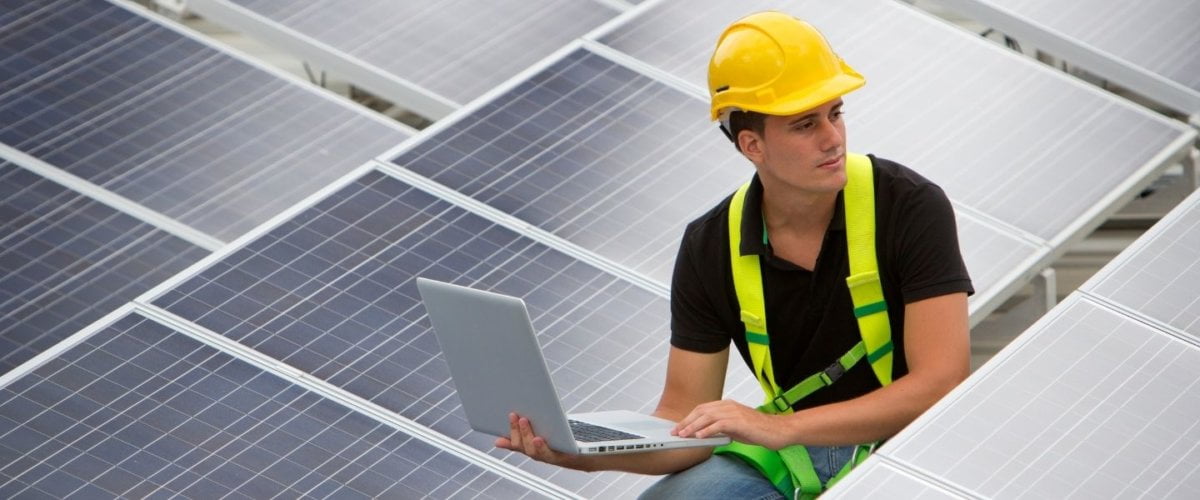
Lone working
Understanding and managing risk
What you need to know to make decisions to mitigate risks
This section summarises why health & safety is important, what a lone worker is and why they need to be treated differently; the risks you need to consider; the current legislation and latest statistics on workplace fatalities and injuries; how to manage risk and how to assess the Trackplot system against your requirements.
Want to know more?
-
What is health & safety?
Proven benefits that health &safety brings
Why is health & safety important? The definition of a lone worker, the costs of workplace injuries and ill health.
-
Outdoor lone worker risks
3 considerations to understand lone worker risks
Setting the context around lone working and the emergency response including 1) increased risk when working alone 2) the types of risk and 3) available support and communications.
-
Legislation
Protecting your lone workers and your business
Statistics on workplace fatalities and injuries, an employer's duty of care and the law, lone worker responsibilities.
-
Managing risks
Identify and control risks
5 steps to identifying and managing risk, risk assessments and lone worker involvement.
-
Assessing the Trackplot system
Criteria to review needs
Detailed assessment criteria to easily establish if the Trackplot lone worker monitoring system will meet your business needs.
